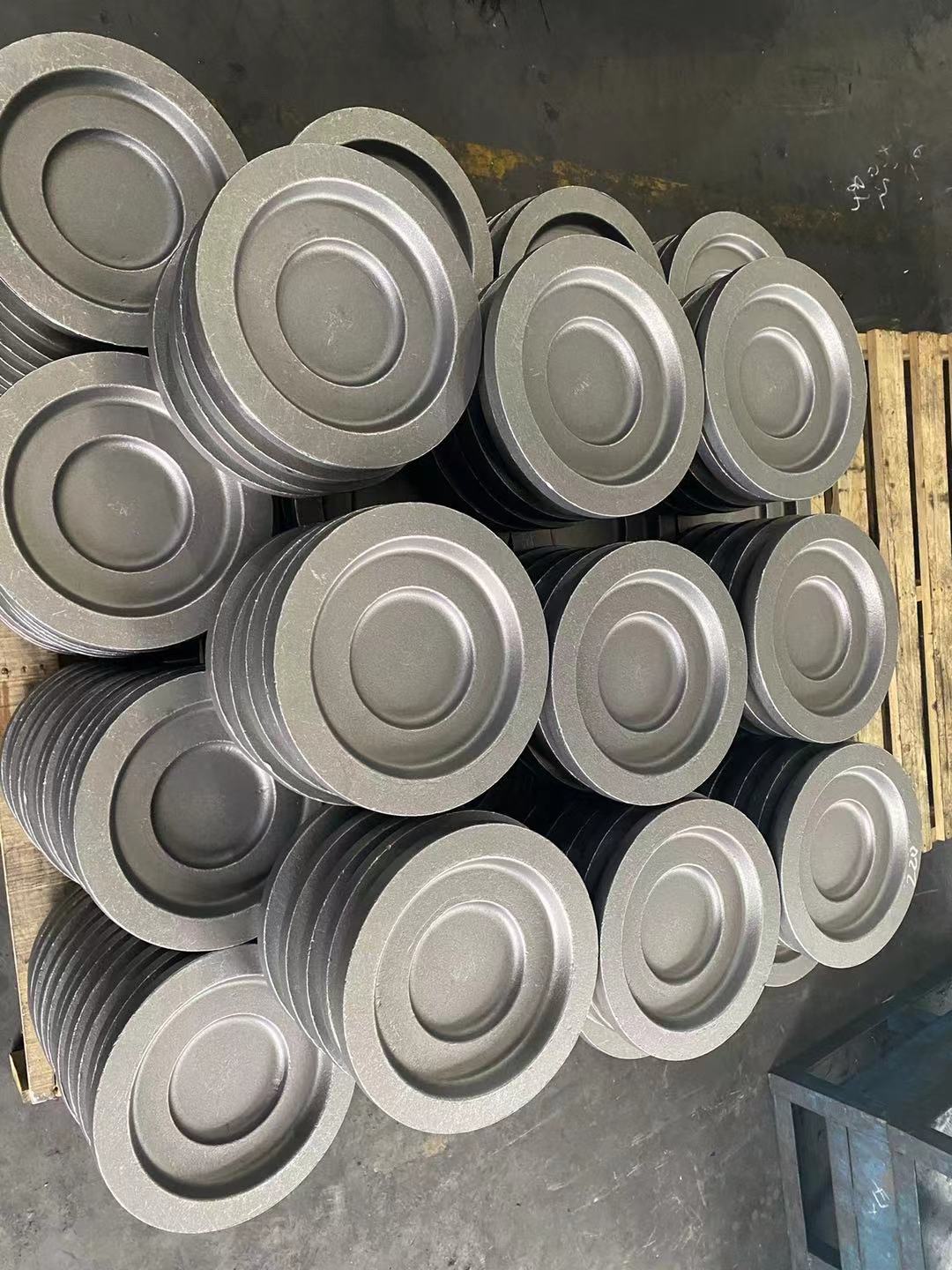What is the post-forging heat treatment of forgings?
2022-06-10
Forgings are workpiece or blank obtained by forging deformation of metal billets. The mechanical properties of metal billets can be changed by applying pressure to produce plastic deformation. Forgings can be divided into cold forging warm forging and hot forging according to the temperature of the billet during processing. Cold forging is generally processed at room temperature, while hot forging is processed at a recrystallization temperature higher than the metal billet.
Forgings must also be subjected to post-forging heat treatment after forging. The purpose of post-forging heat treatment is to soften the structure first, reduce the difficulty of rough processing, and more importantly, eliminate the network of secondary carbides and reduce the burden of the lightest heat treatment.
The final forging temperature of the forging is above 800℃, and the blank can be cooled properly in the air after forging, but it is easy to crack if the cooling temperature is too low. Therefore, cold to 600℃ before it must enter the furnace, and in the temperature range of 600-680℃ to complete the pearlite transformation.
This kind of roll has high carbon content and is easy to precipitate reticulated secondary carbides along grain boundaries after forging due to slow cooling. However, network carbides seriously damage the strength and toughness of the roll and increase the risk of roll fracture. Therefore, network carbides must be removed from the post forging heat treatment process. Otherwise, this task must be considered in the final heat treatment, which must be heated to very high temperatures, resulting in the disadvantages of grain and microstructure coarsening.
The purpose of spheroidizing annealing treatment on forgings is to make the secondary carbides distributed in uniform and fine spherical particle form and obtain granular pearlite structure. In close to a long time of insulation can achieve the above purpose, multi-stage cold spheroidizing process can get a satisfactory spheroidizing effect, which has been proved by the production practice of hundreds of rolls.
Forgings must also be subjected to post-forging heat treatment after forging. The purpose of post-forging heat treatment is to soften the structure first, reduce the difficulty of rough processing, and more importantly, eliminate the network of secondary carbides and reduce the burden of the lightest heat treatment.
The final forging temperature of the forging is above 800℃, and the blank can be cooled properly in the air after forging, but it is easy to crack if the cooling temperature is too low. Therefore, cold to 600℃ before it must enter the furnace, and in the temperature range of 600-680℃ to complete the pearlite transformation.
This kind of roll has high carbon content and is easy to precipitate reticulated secondary carbides along grain boundaries after forging due to slow cooling. However, network carbides seriously damage the strength and toughness of the roll and increase the risk of roll fracture. Therefore, network carbides must be removed from the post forging heat treatment process. Otherwise, this task must be considered in the final heat treatment, which must be heated to very high temperatures, resulting in the disadvantages of grain and microstructure coarsening.
The purpose of spheroidizing annealing treatment on forgings is to make the secondary carbides distributed in uniform and fine spherical particle form and obtain granular pearlite structure. In close to a long time of insulation can achieve the above purpose, multi-stage cold spheroidizing process can get a satisfactory spheroidizing effect, which has been proved by the production practice of hundreds of rolls.
The hardness of the forging blank after the forging heat treatment is 35-40, and the machining performance is between the forging steel roll and the cast iron roll. The rough machining using carbide blade can obtain higher machining efficiency.

X
We use cookies to offer you a better browsing experience, analyze site traffic and personalize content. By using this site, you agree to our use of cookies.
Privacy Policy



